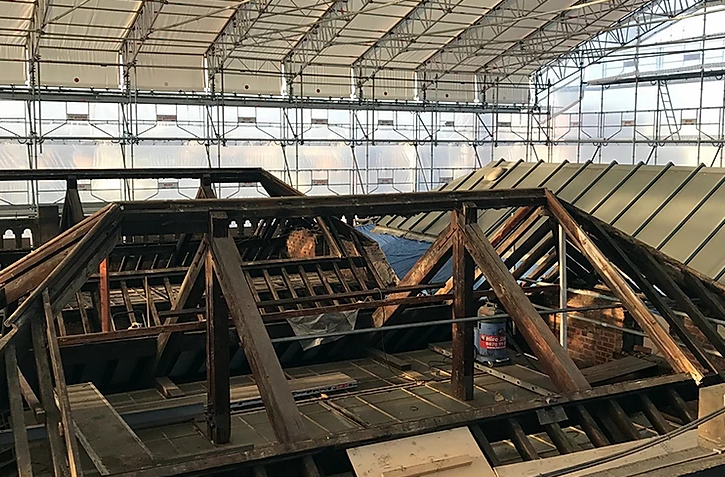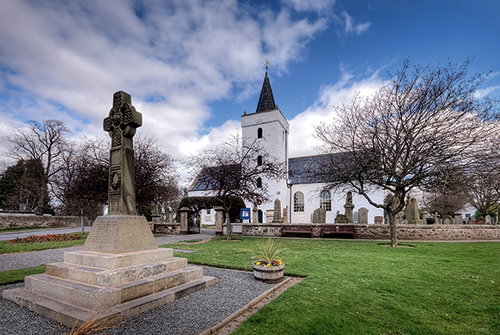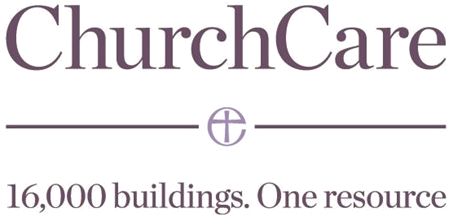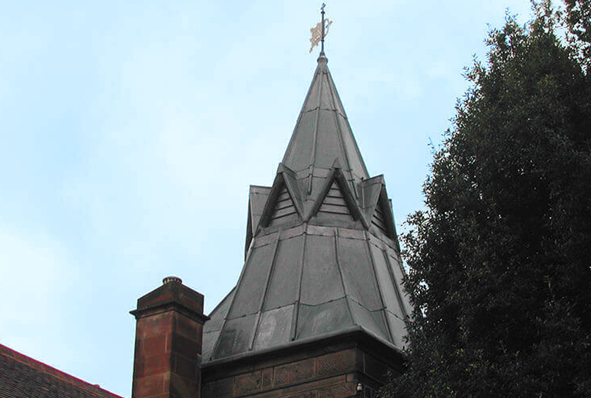Heritage Roofing
Heritage roofing - maintaining our iconic buildings
The UK is home to some of the most iconic buildings in the world, from stunning churches and cathedrals to historic stately homes. Each and every one of these remarkable feats of architecture requires regular maintenance to ensure they remain in the very best condition, allowing them to be enjoyed for generations.
Traditional Lime
Lime: it’s better for buildings – and for the environment
It is now fairly well known that cement is not good for old buildings and that lime mortar should be used. But why? What are the advantages and what are the disadvantages? In order to begin to answer those questions it is necessary to understand the nature of traditional building, the process by which buildings used to be built, and how it differs from modern construction, the process by which we build today.
Audio Visual
Audio visual equipment in church buildings
This guidance is issued by the Church Buildings Council under section 55(1)(d) of the Dioceses, Mission and Pastoral Measure 2007. As it is statutory guidance, it must be considered with great care. The standards of good practice set out in the guidance should not be departed from unless the departure is justified by reasons that are spelled out clearly, logically and convincingly.
Read More...
CRE Events
After the Midlands, onward to Milton Keynes
"CRE Midlands reminded me of the giddy days when it first began – the venue was packed with exhibitors and visitors and there was a busy atmosphere. The whole thing looked great."
Insurance
You need to ensure that reasonable precautions are in place at your church to keep it safe for those who use it. To do this, you need to think about what might cause harm to people.
You will then need to decide if the precautions already in place are adequate. If they are not, you may need to identify further action to prevent any danger. When done formally, this is known as a risk assessment.
Lead Roofing
Lead is one of the oldest materials in the roofing industry and is still commonly used throughout the world today.
Lead roofing is a traditional roofing method which has been used in the industry for hundreds of years, and is therefore proven to be extremely reliable. Lead roofing, and sand-cast lead, in particular is ideal for old buildings such as churches or historical renovations, whereas milled lead roofing is a mass-produced alternative, used for precision and accuracy in homes and commercial buildings alike.
Lightning Protection
When lightning strikes are you protected against this act of God?
The issue of lightning protection in churches is one that has exercised this publication for many years. In this four-part series of spotlights on the issue we will be revisiting various aspects of the subject, beginning with an overview of current thinking.
Home
‘Topping out’ ceremony marks great day at Salisbury Cathedral
Salisbury Cathedral held an historic ‘topping out’ ceremony at the top of the scaffolding on its North East transept when a newly worked cross, the symbol of Christian faith, was lowered into its permanent position at the apex of the North East gable. This is only the third cross to be carved during the Cathedral’s Major Repair Programme – the others were fixed onto the Cathedral in the 1990s. This new cross is in position ready for the start of Holy Week on Palm Sunday, 17 April.
Chris Sampson, Head Mason, said “This was a great day of celebration for the masons and the Cathedral. As part of the current restoration work on the North East transept gable end we found 531 stones needing replacement - the majority of which are functional architectural pieces essential for the integrity of the building – and also discovered that an ornamental piece was completely missing from the apex of the gable. Following extensive research by the masons and Cathedral architect it was decided a new cross should crown the apex of the gable to complement the symmetry of the building and the cross directly opposite, at the apex of the South East transept. This carving has been used as the reference for the new cross which has been worked by the Cathedral’s fourth year Apprentice Mason Andrew Kirby. It was carved from a single block of ‘Chicksgrove’ stone and has taken him some 220 hours to complete.”
Canon Treasurer Mark Bonney said, “Fixing a new cross, the symbol of our faith, in such a visible position high up on the Cathedral where it can be seen by all who visit The Close, is an historic event. It also provided us with a perfect opportunity to publicly thank our highly skilled and dedicated masons and conservators for their continuing work on this internationally renowned Cathedral’s Major Repair Programme. Our cultural heritage at the Cathedral is precious and with the proper funding our Works Department will do their part to conserve this iconic building. We are immensely grateful to the various funders and individuals, including Allchurches Trust Ltd, Mr Michael Deeny, James Fairfax, Garfield Weston Foundation, The David Harding Foundation, The Headley Trust, The Ivor Read Charity, and Salisbury Cathedral Trust who through their generosity have made this work possible.”
‘Topping Out’
‘Topping Out’ is a term used to mark the end of a phase of work. In the type of construction found at Salisbury Cathedral, work starts from the top and proceeds downwards for very practical working reasons, amongst them the hazard of falling masonry. This ‘topping out’ celebrates the fixing of the finials and the new cross at the top of the North East transept. The next stage of work is replacing the worn out stones with the new stones carved by the masons throughout the winter months, and repairs to the retained stone by the conservators. This work should be completed by October 2011.
Salisbury Cathedral’s Major Repair Programme
The work on the North East transept is part of the Cathedral’s continuing Major Repair Programme. Current work is centred on this area of the building and the Chapter House, home to the finest of the four remaining original 1215 Magna Carta. To date approximately 75% of the Major Repair Programme has been finished but a further £11 million is still needed, for which the Cathedral is dependent upon successful fundraising by its Development Department, to ensure its final completion.
The prayer at the Topping Out said by Canon Mark Bonney
Heavenly Father, we praise you for the skill of the craftsmen and women who have built, restored, preserved and conserved this Cathedral to your honour and glory. +Bless this cross as it is put into place marking the completion of this phase of work. May it be an enduring sign of the passion and resurrection of Jesus Christ and your call to us to be the living stones of your Church here on earth. Amen.
Salisbury Cathedral is one of Britain’s finest medieval cathedrals. It offers a warm welcome to all who visit and seeks to strengthen church and community life in the diocese. Salisbury Cathedral celebrates the presence of God through worship, music and art and has a special commitment to challenging injustice and fostering reconciliation, both at home and abroad. Over 250,000 people visit the Cathedral each year to marvel at the peace and beauty of the 750 year old building and admire Britain’s tallest spire. The finest original copy of the 1215 Magna Carta is on permanent display to visitors in the Chapter House.






















